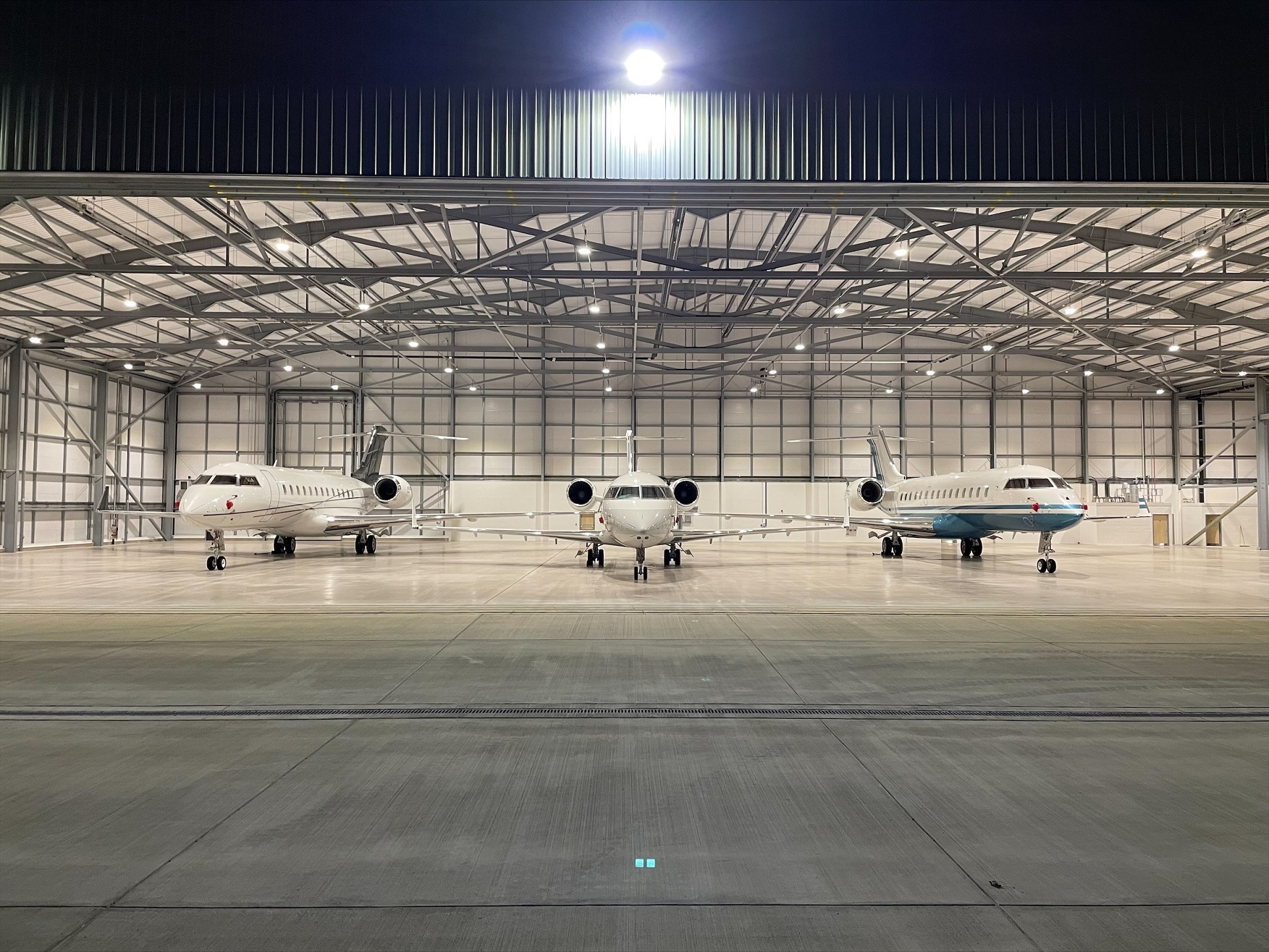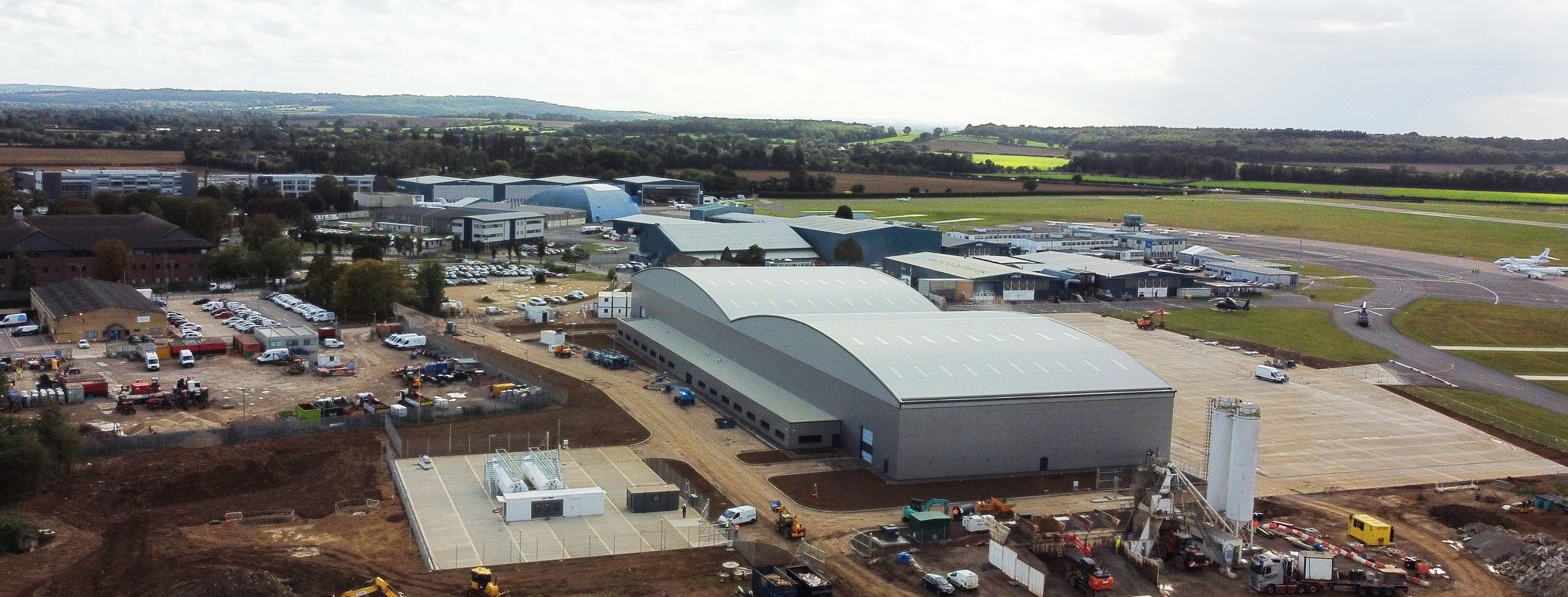


London Oxford Airport is continuing its infrastructural investments to support general aviation customers as well as its expanding commercial business aviation activity.
Flight training activity is up nearly 50% compared with pre-pandemic levels in 2019 at the London hub, while business aviation experienced more growth in 2021 in percentage terms than other UK peer airports.
Having opened in October 2021, the airport’s new 63,000 sq.ft hangar is almost full. Another similar facility is in the pipeline while the airport has agreed to build a new aircraft maintenance and repair facility on the northeast corner of its site. The latter, which will be leased by a major OEM, will cover 14 acres and is expected to be built within 24 months.
Investment has also been committed for the relocation and extension of Oxford’s northern taxiway. Involving a near £6m investment and 8 months’ work, it will significantly speed up and handle aircraft movements on the ground more efficiently, especially on busy days when it’s not unusual to see 400 or so movements a day. More GA training aircraft will be able to do run-ups on the former crosswind runway, while all back-tracking will be eliminated on the main runway when the southern end is in use.
Noting that “business aviation is an important pillar of [the airport’s] business, James Dillon-Godfray, London Oxford Airport’s Head of Business Development, added that the relocation of the runway will allow for the re-development of the eastern zone for the anticipated evolution of the airport in the years to come.
In addition the airport’s new £1.7 million fire station build programme is due to go live in June with new fire tenders arriving later this year. Other recent onsite developments have included several of the airport’s tenants, including Up and Away Aviation and hull Air Crew, moving int a former CAE building, alongside the airport’s management team. This has made way for a new pilots’ lounge to be built behind FBO OxfordJet’s reception, while the space underneath the control tower is to become a smart new facility for general aviation users. A new technology park is also planned at the airport’s entrance.
When it comes to embracing sustainable growth at the airport, Dillon-Godfray explained the airport is looking at power self-generation and battery storage technology, versus being fully dependent on the national grid, which has limits in its capacity. Onsite solar farms are also being considered and the airport is also hoping to offer sustainable aviation fuel (SAF) and be one of the first airports to offer SAF to helicopter users.






